Pen inks fall into two main categories – pigment and dye-based. While they may look the same sitting in bottles on the shelf, the two are drastically different. Choosing the wrong one for your pen or paper can have disastrous consequences. So, it is vital to know how they are different and how those differences should influence your ink choice.

Composition
All ink is composed of three principal ingredients.
- Coloring Agent – colored particles that give ink its color
- Vehicle - a liquid that carries the color
- Binder – a chemical that binds the ingredients to each other and to the paper
The way that these three ingredients interact makes a significant difference in the way the ink behaves. Choosing the best one for you comes down to knowing whether the ink is a solution or a suspension.
Pigment inks are a suspension, meaning that the colored particles in the ink are not dissolved in the liquid. Because these fine particles are floating in liquid, they can settle out if the ink is left sitting for a period of time, similar to the way sand settles at the bottom of a still lake. Made from rocks, metals, or other minerals ground to a fine powder, pigment particles are still quite large when compared with the particles used in dye-based inks.
On the other hand, dye-based inks are solutions of liquids or very fine powders dissolved in a liquid the way sugar dissolves in a cup of coffee. They are not always water-based, however. The vehicle for dye-based inks can be water, oil, or alcohol-based. Early native peoples made dye-based inks using natural substances such as insects, berries, and bark. Modern dye inks use synthetic color sources, which produce brighter, deeper colors. It is important to note that these colors are susceptible to fading in bright light, especially sunlight, unlike pigment inks.
Permanence
Different types of ink react differently to water, even after drying, primarily as a result of the composition of the ink itself. Pigment-based inks usually fall somewhere in between being water-resistant and being waterproof. The binders used to help pigments adhere to the paper keep them from being washed away after the ink is fully dry. Because pigment inks are not easily removed by water, greater care is needed when using these inks in a fountain pen. The ink must be cleaned regularly to avoid the build-up of pigment particles in the pen between uses.
The water-soluble properties of dye inks, on the other hand, vary widely from one ink to the next. How the ink reacts to water is greatly influenced by the vehicle used in the ink. Water-based inks contain water-soluble dyes and will smear and run if they get wet again. These water-soluble inks are very user-friendly for beginners, though, as dried ink can easily be removed with a little cleaning effort. However, alcohol or solvent-based inks can remain colorfast even when scrubbed. Permanent markers are a good example of this type of ink.
Appearance
Composed of color particles floating in suspension, pigment-based inks do not soak into paper fibers. The vehicle that carries them may soak in, but the color particles remain on the surface. Pigment particles become trapped in the fibers of the paper the same way dirt on your hands collects in the cracks and folds in your skin. However, pigment-based inks require the help of a binder to bond to the paper. Common binders include gum arabic, shellac, and acrylic emulsion. Each lends different characteristics to the ink. Because the color particles collect on the surface of the paper, pigment inks look opaque. Light is not able to pass through it.
Unlike pigment-based inks, dye-based inks soak into the paper in an attempt to bond to the fibers. How well the ink succeeds is dependent on the compatibility of the ink and the paper. Synthetic paper is more likely to repel dyes than more natural cotton paper. In some cases, a mordant is added to this type of ink to help it permanently bond to the paper. With the color particles completely dissolved in solution, dye-based inks have a transparent or translucent look. Dye-based inks are a popular choice with many calligraphers and artists because of the wide selection of colors available in this medium.
Final Thoughts
Here are a few final tips to follow before buying any bottle of pen ink. First, double-check to make sure it is compatible with your pen. Often the label on the ink itself provides information about where and how to use the ink. When in doubt, ask someone who knows. You can learn a lot by visiting a pen store and talking to a professional. Second, test the ink on your paper before you begin. Some inks don’t adhere well to certain papers. Before you spend hours on a project, test the ink and paper combination to make sure it works.
Both pigment and dye-based inks are great resources. However, understanding the benefits and drawbacks of both can help you make a better decision the next time you purchase ink for your pen.

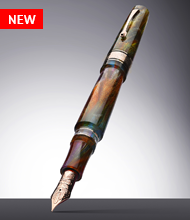

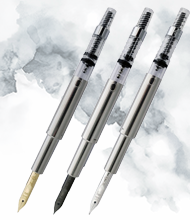
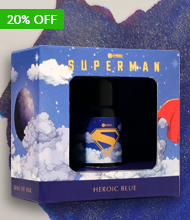
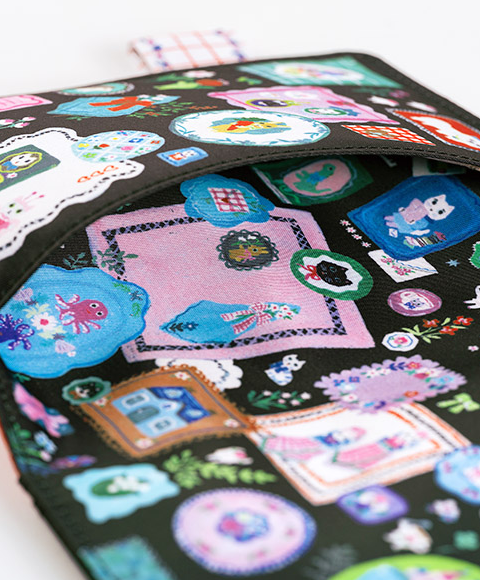
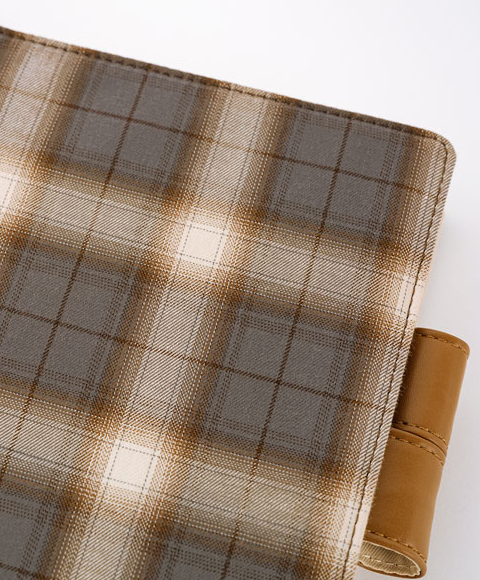
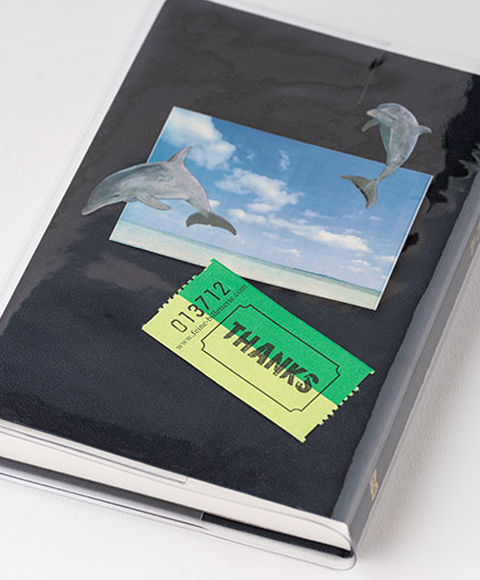






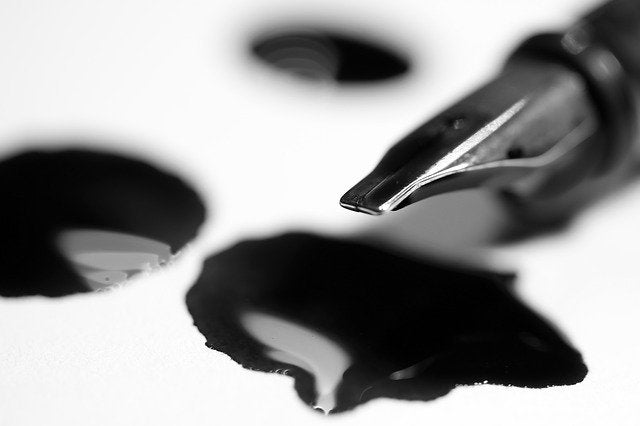
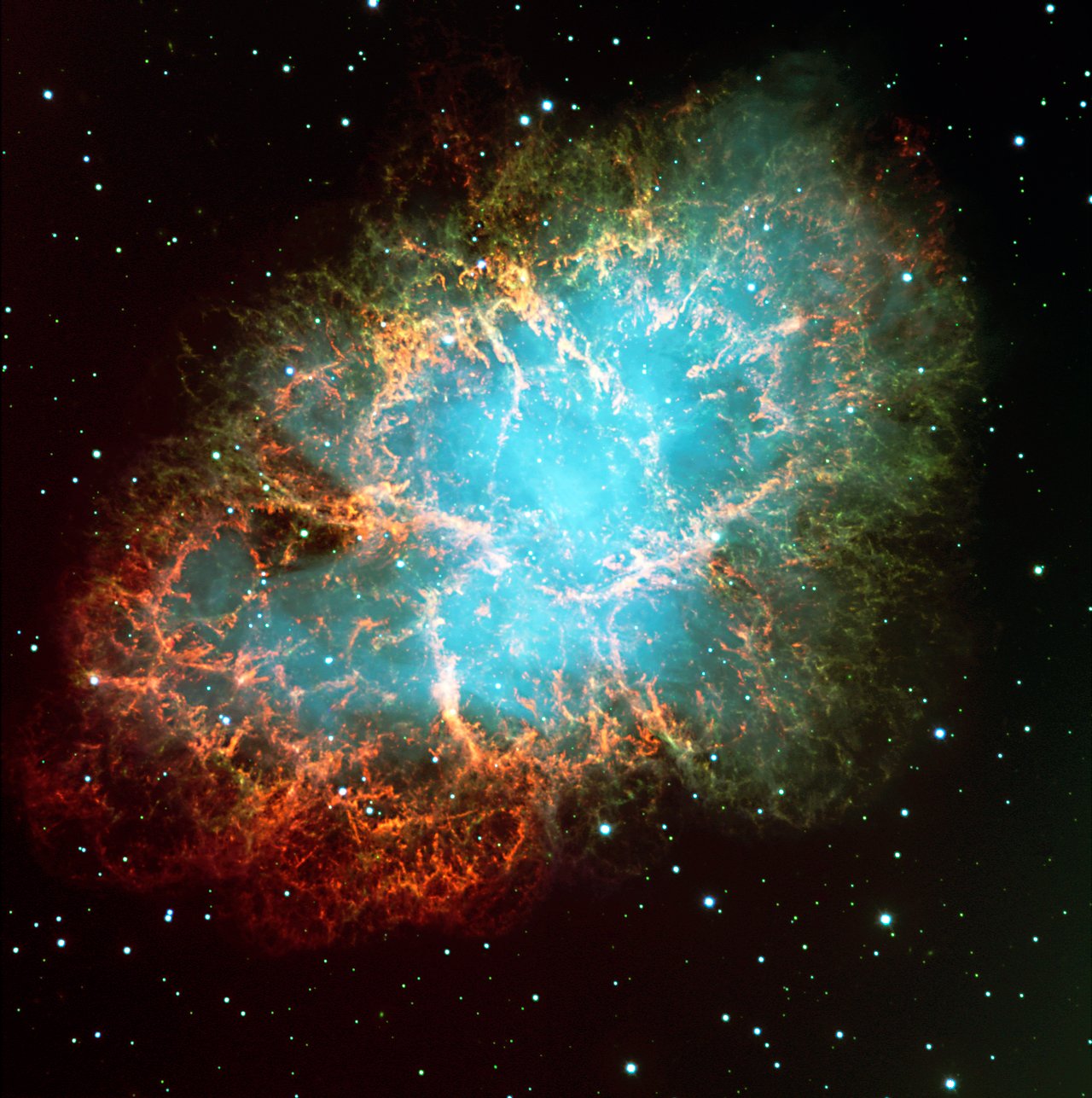


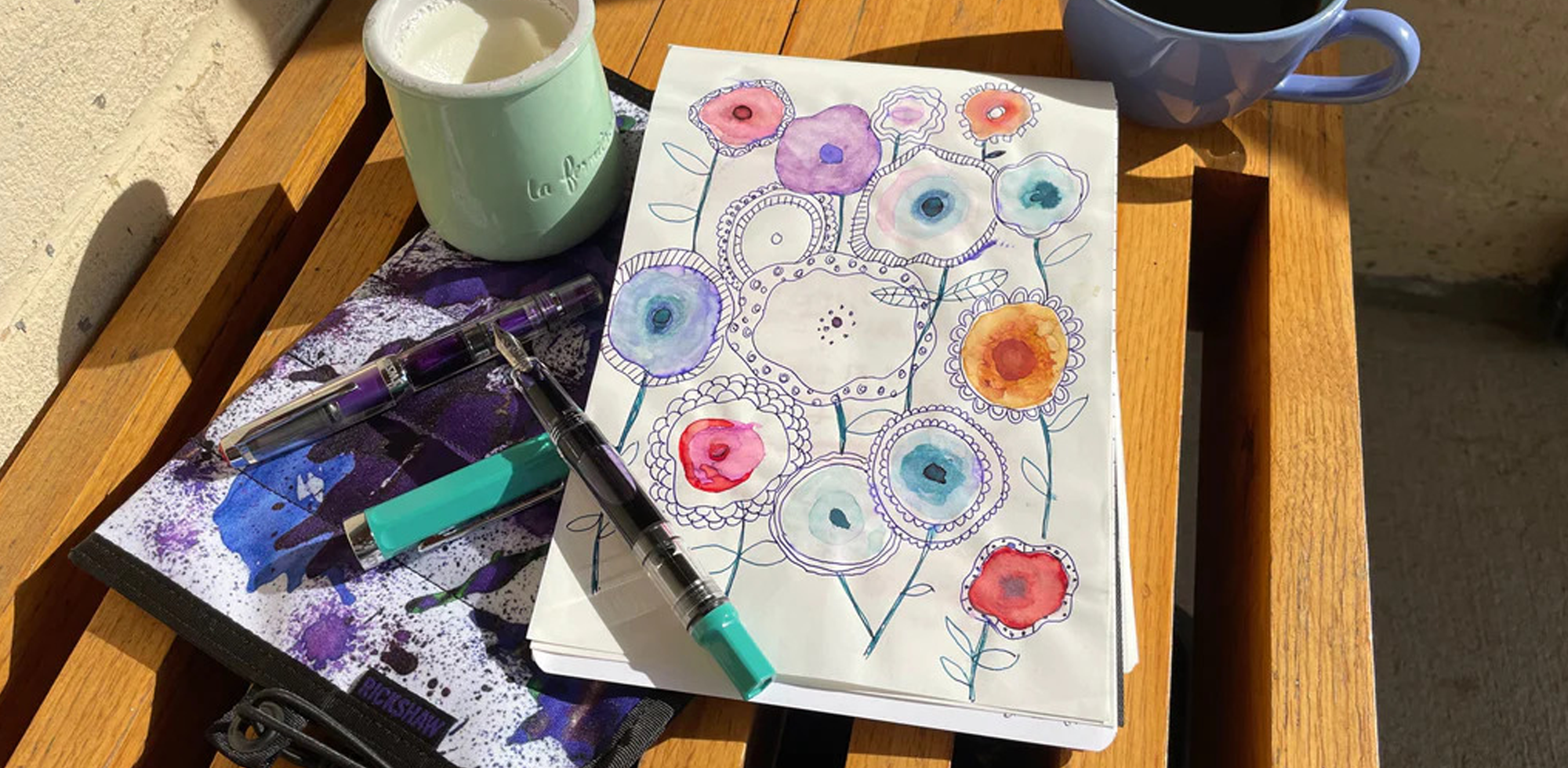
1 comment
Gilles Vasseur Delaitre
Article passionnant qui m’a beaucoup appris.
Je vous en remercie.
J’aimerais en savoir plus (par exemple, l’oxydation des stylos, comment connaître nature et composition de chaque nouvelle encre achete,…) si vous avez des liens a me proposer, je serais preneur.
Avec mes remerciements anticipés.
Bien cordialement,
Gilles Vasseur Delaitre 13 décembre 2025
gil.tigris@laposte.net
Article passionnant qui m’a beaucoup appris.
Je vous en remercie.
J’aimerais en savoir plus (par exemple, l’oxydation des stylos, comment connaître nature et composition de chaque nouvelle encre achete,…) si vous avez des liens a me proposer, je serais preneur.
Avec mes remerciements anticipés.
Bien cordialement,
Gilles Vasseur Delaitre 13 décembre 2025
gil.tigris@laposte.net